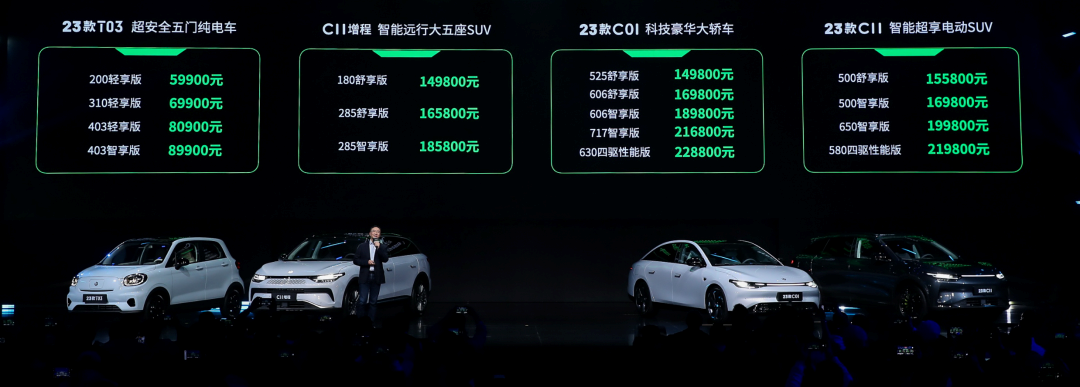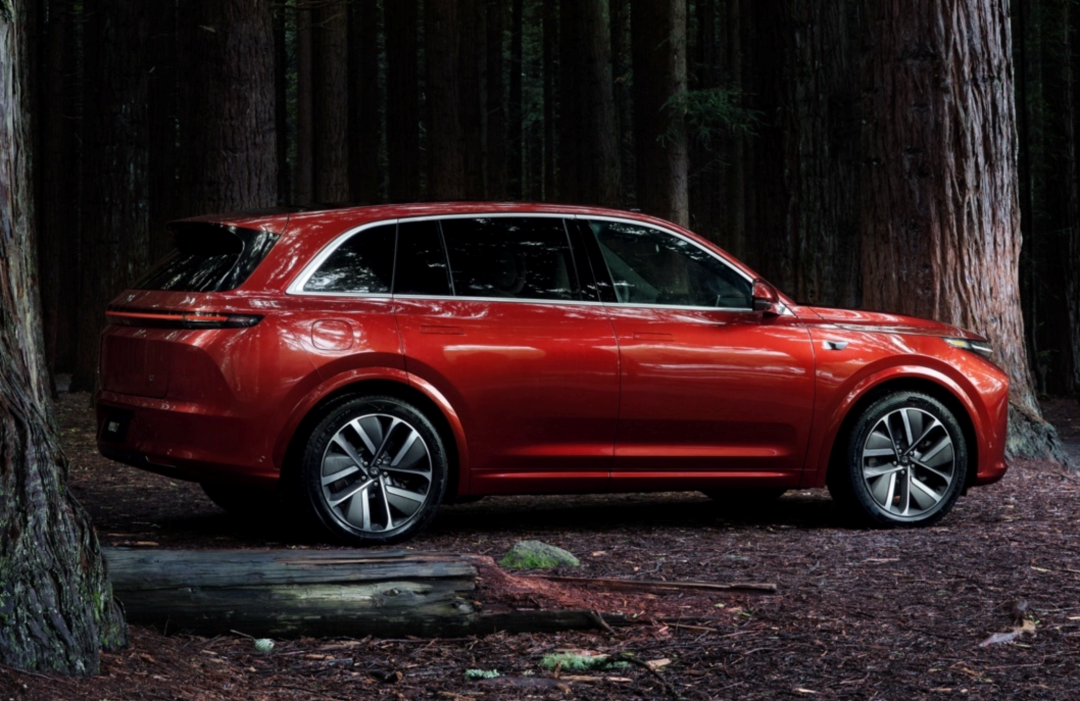Author: Bai Zhiming
I don’t know if you have the habit of clicking “price protection” on e-commerce platforms when you have nothing to do. Personally, I do. With just a few clicks, you can “earn back” a few bucks, which is quite satisfying.
This year around March 15th, car buyers can also enjoy “price protection”. Several car companies announced their price protection policies with remarkably similar details: if the product price drops within 90 days of purchase, the car company will refund the price difference to consumers.
After the Chinese New Year, there was a round of price reductions and promotions in the automotive industry, covering both traditional fuel vehicles and new energy vehicles. The magnitude of the price adjustment made many consumers itch. Many are also wondering, if the price of the car can be further lowered, should we wait before making a purchase?
The price protection policy seems to have a trick up its sleeve, telling potential car buyers who are waiting for a price drop: “Don’t wait, buying now will not make you lose money.” However, whether this protection is really as attractive and beneficial as it appears on the surface requires careful consideration.
Surface price protection, actually protecting consumer confidence
The first car company to raise the flag of 90-day price protection is Ideal, which previously stated that it would not lower its prices.
Ideal calls its price protection policy “rights”. If consumers order Ideal’s L-series models (L7, L8 and L9) through official channels and the official selling price of the model drops within 90 days of the order date, Ideal will actively refund the price difference.
Every sentence is aimed at stabilizing consumer confidence: Even if Ideal lowers its prices within three months of the order, car owners can still receive a refund of the price difference. This means that the price will remain the same whether the car is bought three months before or after the price drops, and there will be no extra fee in case of a price increase.
After Ideal announced its 90-day price protection, other car companies such as Lynk & Co, NIO, Byton, Tesla and Kia followed suit with similar policies that have almost identical core ideas. They are all telling consumers that buying a car now is better than waiting for three months before making a purchase.
Price protection is a good thing, but it is actually a time-limited activity. Ideal and most car companies limit the consumers who can enjoy price protection to those who order during the half-month from the announcement day to March 31. “Honest people” like Lynk & Co and NIO give an extra month of price protection, and consumers who buy cars before April 30 are also covered.
As the price war in the Chinese auto market intensifies, price protection activities may be extended and even become a regular promotion. But at least for today, this generous statement that seems to be willing to refund overpriced car buyers actually has many restrictions.
Some show off, some compete for sales
Except for Kia, every carmaker that announced 90-day price protection is a new brand, which seems to be using profit space to exchange for market share. However, each carmaker has its own situation.
Some carmakers don’t seem to worry about sales. They offer 90-day price protection to comfort car owners and make them feel they are not overpaying for their cars.

Ideal and Tesla are in this role. In February, Ideal delivered a total of 16,620 cars of all models, and the Tesla Model D9 sold 7,352, showing a leading position in the corresponding market. With a potential user base and a stable market position, it seems that there is not much to worry about.
Some carmakers are already the “lowest price”, and according to ordinary business knowledge, the possibility of them lowering prices to fulfill promises is very small.
Take Leapmotor, who just finished their new car launch conference, for example. This time, price protection is limited to the 23 new models (23 T03 models, 23 C11 models, and 23 C01 models) and the C11 extended-range version released. The prices of the four models are already lower than the previous ones, and it would not make sense to lower the prices again in the short term.
 Two car companies with pure gasoline vehicle product lines are more “interesting”, perhaps in a hurry to tell consumers who still want to and are willing to buy gasoline vehicles that they won’t regret choosing them.
Two car companies with pure gasoline vehicle product lines are more “interesting”, perhaps in a hurry to tell consumers who still want to and are willing to buy gasoline vehicles that they won’t regret choosing them.
Lynk & Co has provided a wider range of services, including the official app and authorized dealers, with the promotion period extending until April 30th. Not only have the official guidance prices and official rights been adjusted to provide price protection, but the Lynk & Co factory promises to make up the price difference.
Kia offers price protection for official price changes and the cash discount benefits provided by Kia, but it is limited to retail users who ordered from March 15th to March 31st, and is required to be obtained through Kia’s official channels. As for what kind of offline store is considered an official channel, that’s another story…
With price protection being the first step, car companies dare to offer 90-day price protection, which means that even if there may be a lot of news in late April’s Shanghai Auto Show, there will still not be major price changes in the next three months. Whether it’s their own new products or others’ new products on the market, it won’t affect the price system of the models currently on sale.
Only offering 90 days of benefits, rather than longer-term ones, makes people worry whether there will be a major event that affects price fluctuations after June. After all, in this 2023 year, there are too many things that can affect the sales price of the entire vehicle.
First, the price reduction of gasoline-powered vehicles might not necessarily make the actual price more affordable, but it has stirred up people’s desire for low-priced vehicles and the attitude of car companies to clear inventory. During this period of generous promotions of new energy configurations, pure gasoline vehicles were already not selling well, let alone with the approaching of National VI-B standards.
Second, the cost of lithium-ion batteries is becoming restless. With the low transaction price of lithium ore being talked about for a long time, the reduction of battery and vehicle costs is only a matter of time. The increase in the price of lithium ore and the cancellation of state subsidies have hurt the enthusiasm of buying cars. Now that there is room to maneuver, it has given manufacturers the confidence to launch price wars.To be able to experience a major price reduction is great for consumers who are in need of buying a car, but it always makes those who have already purchased a car before the drop feel uneasy, even involving topics like rights infringement. Being able to proactively face this issue, car companies have made progress by offering assurances such as price protection, which may not be particularly useful at present.
Of course, regardless of how prices and rights-related regulations change, the key factor affecting brand reputation and repeat purchases in the long-term is being able to consistently deliver excellent products, as well as maintaining a high level of service quality.
Volume configuration, volume rights, delivery speed, car companies in the Chinese market have staged one performance after another, and now it’s the turn for volume price protection. How car companies respond to these changes and grasp their own fate in the tide of the times is worthy of long-term attention, as the competition to capture the attention and decision-making attitudes of consumers is far from over.
In the 2023 Chinese automotive market, there will definitely be more excitement to come.

This article is a translation by ChatGPT of a Chinese report from 42HOW. If you have any questions about it, please email bd@42how.com.